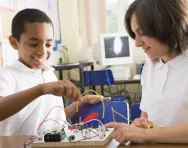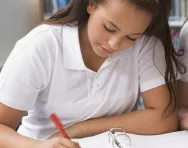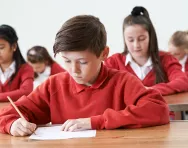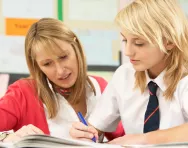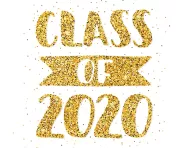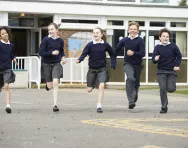Transition time: what Year 6 parents need to know
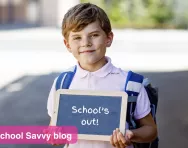
As we head into the final, busy summer term, Year 6 students in primary schools across the country start to look forward to the next big step in their educational journey: transitioning to secondary school. Having navigated this time as a primary headteacher many times, I know that this period can be filled with excitement and anxiety for both students and parents. However, primary schools play a crucial role in preparing children for this transition, ensuring they are ready to embrace new challenges and opportunities while celebrating their many years in primary school.
Tackling anxieties and expectations
One of the first steps each of my schools has taken to prepare Year 6 students for secondary school is through open discussions in the classroom. Teachers facilitate conversations about what to expect, addressing common anxieties such as:
- Making new friends
- Navigating a larger campus
- Handling increased academic responsibilities
These discussions provide a safe space for children to voice their concerns and receive reassurance. At my current school, we have had many Talking Circles focused on this important topic, allowing for open discussion around this significant milestone in their lives.
Activities to foster independence
An effective Year 6 teacher helps children become more independent, building confidence and self-reliance to ensure they are ready for the challenges that secondary school will bring. Throughout the year, this may be done by:
- Assigning Year 6 students leadership roles, such as being a buddy to younger students or managing classroom duties
- Developing their organisational skills through lessons on time management, homework planning, and personal organisation
Transition days and visits
Most secondary schools now work closely with their primary partners to organise transition days and visits where Year 6 students go to their future secondary schools. These visits allow students to:
- Familiarise themselves with the new environment
- Meet some of their future teachers
- Participate in sample lessons
I know that the children I have worked with greatly benefit from these experiences, and they can significantly reduce anxiety by making the unfamiliar more familiar. Secondary schools often try to start this work as early as possible – sometimes even into Year 5. If you feel your child may struggle with the move to their new school, it is worth discussing this with their current school, which may be able to organise an extended or enhanced package of support with the new secondary school.
Celebrating primary school memories
As Year 6 children prepare to move on, primary schools ensure they leave with fond memories of their time spent there. This is often achieved through various celebratory events:
- Final assemblies: Schools typically hold final assemblies where children can reflect on their primary school journey, share memories and receive recognition for their achievements. At my current school, there is never a dry eye in the house when we show a video of how the children have grown up over their time at our school!
- Leavers' books and videos: Many schools create leavers' books or videos featuring photos, stories and messages from classmates and teachers, serving as a keepsake for students. Many will sign jumpers or t-shirts on the last day, providing a lovely memento.
The big leaver events: pros and cons
In recent years, big leaver events, such as primary-school proms, have become popular. These events offer a fun and memorable way for children to mark the end of their primary school years, but they come with their own set of pros and cons.
Pros:
- Memorable experience: A primary-school prom can be a special event that children remember fondly.
- Celebration of achievements: It provides an opportunity to celebrate the hard work and accomplishments of the children.
- Social skills: Such events can help improve social skills and confidence as children interact in a formal setting.
Cons:
- Cost: The expenses associated with proms can be a burden for some families.
- Pressure: There can be undue pressure on children and parents to spend money on outfits and accessories.
- Inequality: Not all children may feel comfortable or be able to participate fully, leading to feelings of exclusion.
One particular con at my previous school was how every Year 6 girl was collected at 1 pm on the day of the prom to go and have their nails and hair done! I also recall some children arriving in a stretched limo, which was too large for our driveway and subsequently became stuck for the rest of the evening.
Keeping the connection: opportunities to return
Many primary schools maintain strong connections with their former students. At my schools, we have invited them back for special events, assemblies or to serve as role models for younger children. It was lovely having some former Year 6 children come back to help at a craft event, where they supported some of our younger children. This ongoing relationship helps them feel supported even after they have moved on to secondary school.
Preparing Year 6 children for secondary school is a multifaceted process that involves addressing their anxieties, fostering independence and celebrating their primary school achievements. While the transition can be daunting, I know that the efforts made by primary schools to ease this process are invaluable. Whether through thoughtful discussions, practical activities or memorable events, these experiences help ensure that children are ready to embark on the next exciting chapter of their education with confidence and enthusiasm.
Matt Revill is a primary school headteacher with over 20 years experience of working in schools. He has worked in a range of settings and currently works within a multi-academy trust of 14 schools. In his free time, he enjoys reading, computing, holidaying and spending time with his family and friends. Matt has a son who is currently working his way through A-levels at college.


